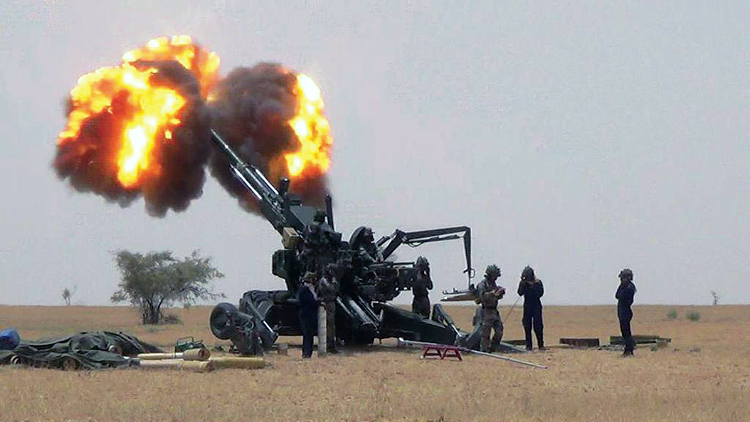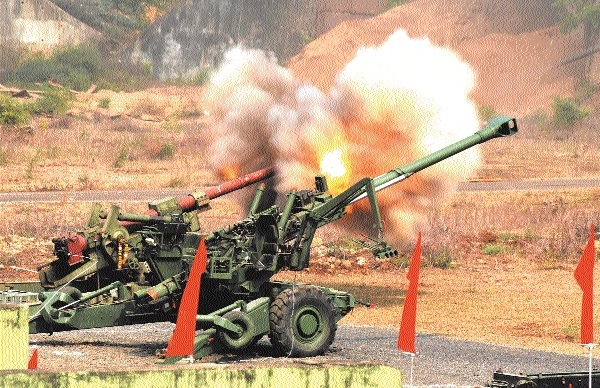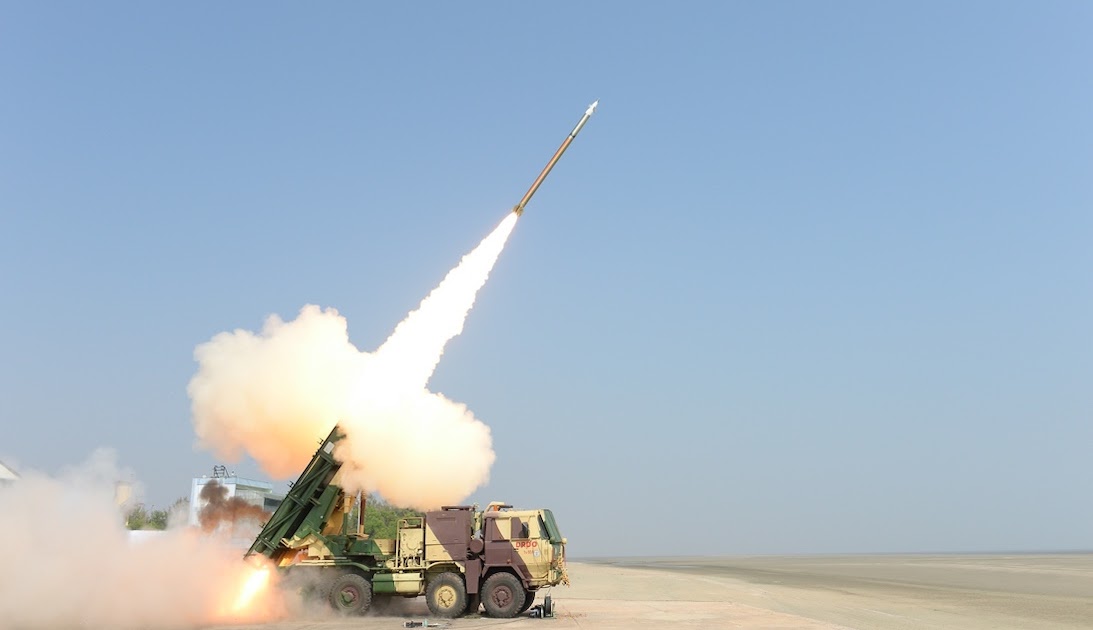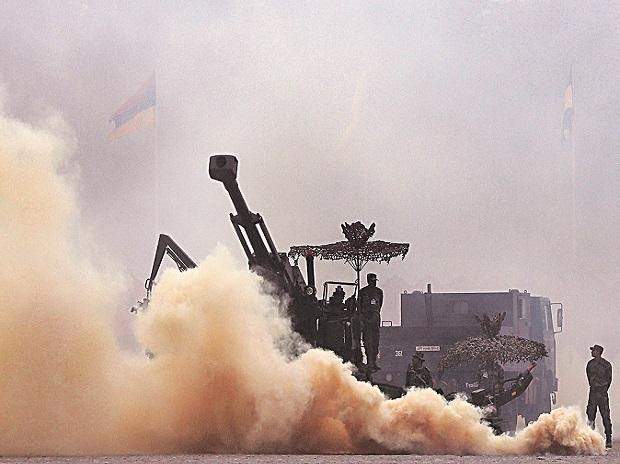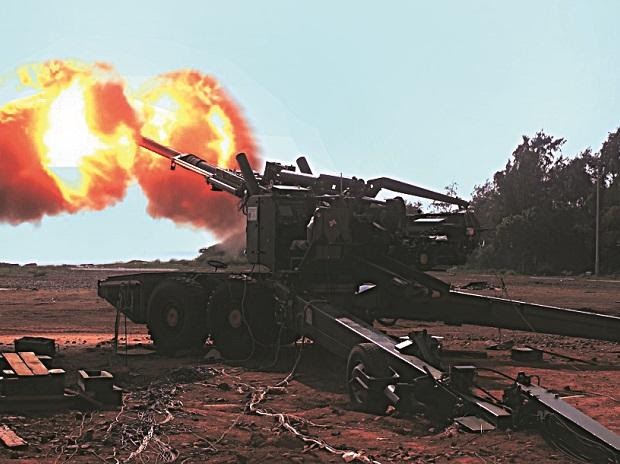Thank you. Excellent questions, I am not sure I can answer them all. Let me try.....
As far as I can tell annular combustors are preferable for propellant with no oxidisers. Only the fuel is carried, oxygen is extracted from the intake air. The intake has 2 functions: heat up the air via compression & provide oxygen for the combustion.
The Brahmos missile's ramjet works like that. If you watch the launch sequence you will notice the nose cap being blown off as the solid booster pushes the missile forward. Its only a while later that the ramjet kicks in & there is a noticeable increase in exhaust gases. Before the ramjet ignites the intake compresses the air heating it up then sends it to the isolator. The isolator slows the hot air down to subsonic speeds. This creates a "pressure bulge", sort of like a traffic jam, further heating up the air. Only then the now super heated air is sent to the combustor.
An annular combustor ramjets maintain a "positive balance" of air. Which means there is always more air inside the isolator, than the combustor needs. This allows the missile to perform some dramatic maneuvers without worrying about stalling the engine. The Brahmos can do an elevated S-maneuver before striking the target, then there is the steep dive maneuver to strike targets on the reverse slope of a mountain. All these maneuvers are going to leave the intake without air for a while. The combustor can keep taking air form the isolator until the intake recovers.
As always there are problems of compatibility. It seems the annular combustor has a liking for liquid fuel(Brahmos) or gel fuel (LFRJ). I am not sure why this is the case.
As far as central combustor ramjets go, they don't have a separate isolator. Some have a small isolator section at the end of the intake. Most of them don't even have that. But they have multiple combustors. Remember how the isolators used to slow down and heat up the air. In a central combustor type ramjet, the primary combustor provides the additional heating. The secondary combustor is comparable to the annular combustor. These combustors don't have a "positive balance" & are thus incapable of performing some of those very high angle of attack maneuvers. The deficiency of oxidsers during maneuvers can be compensated by compounds like Ammonium Perchlorate which breaks down at high temperatures to release a lot of oxygen.
There are advantages to central combustor types too. The ramjet ignites sooner, sometimes at much lower speeds. Sustaining ignition is relatively easier. The design of such an engine is simpler, thus it can be mass produced more easily. Since the design is simpler the ramjet engine can be miniaturised more easily without degrading performance etc.
Again for reasons not known to me, the central combustor type ramjets have a liking for composite solid fuel & gel fuel. The SFDR has a central ramjet engine with solid fuel.
Notice the interesting thing about gel based fuel ? All types of ramjets apparently like it. Gels usually have a density in between solids & liquids. Meaning gel based fuels have energy/mass greater than liquids but lower than solids. But unlike solids, gels are easily throttleable. Gels don't need an elastomeric container that liquid fuel needs to maintain centre of gravity, as gels don't slosh around in flight. Gels are also easier to store. Unlike solids they are not prone to accidental ignition, unlike liquids they don't flow out incase of a leakage. They are quite literally the best of both worlds. As long as you can stabilize them, but that's for another day.
If we could replace the liquid fuel on the Brahmos with a gel based fuel there would be a massive increase in energy. That energy could go into increasing speed & range of the Brahmos. The final goal of upgrading the Brahmos appears to be taking the range to 800-900km & speed to Mach 5. We started making the Brahmos missile's ramjet engine in Indian in 2011. Previously the NPO Mashinostroyeniya used to make them :
It had bagged orders worth Rs. 190 crore for various products

www.thehindu.com
View attachment 4777
The Russians get license fee as it is their design. With a new fuel the engine design would change, especially the fuel injection parts. Most of the redesign work will be done in India as the fuel is developed by DRDL. Would the Russians still get the license fee after the re-design, I doubt it. The new solid boosters are Indian, seeker & computers are Indian, launchers are Indian too. The only Russian owned IP was the ramjet and the fuel & now those are about to be challenged.
I have gone off the rail again, haven't I ? I will stop.
I think I have mentioned this above. If the intake stalls due to a high angle of attack, there would be no recovery. Soon the engine will stall, once an ramjet (or scramjet) stalls there is no restarting it. That is why so much emphasis is put on sustaining ignition.
A 155mm shell is too small to have an isolator. So either you have oxidisers or take a straight flight path with no trajectory correction. The former is preferred as the later would cause a degradation of accuracy.
That is a big question. Let me just address the bold part. Its bad to be too fast right now because it degrades accuracy. This is a 155mm shell, there are stringent restrictions on size and mass. The cruise missiles can afford to be faster as they have the internal space to carry fancy guidance systems, a 155mm doesn't have that luxury.
Thus until we have reliably proven the guidance tech, it is sensible to go for a relatively lower speed version. The speed & range can be improved upon later.
All electronics that are placed on an artillery shell are placed on the nose of the shell. There is a good reason for that, electronics don't like being hit. An electric primer would have to placed much behind on the shell & is likely to be hit hard when the shell is fired. In defence hardware, electronics is our weak spot. Let's not take too many risks just yet.
The Army would chose the same. The guidance is the only thing that worries me. We can handle making ramjets, electronics is a different story. Though we did have many successes recently, electronics has been our weakness for a long time.
The org. handling the development of guidance equipment is RCI. They make IIR, AESA, PESA, MMW seekers. They also made the Pinaka's TCS system. Maybe they can make something work. Let's see what turns up.
All other options don't give you the range that a Ramjet can. We do have rocket assisted VLAPs, Base Blead & Boat Tail ammo.
I would personally love to see a naval main gun fire this.
